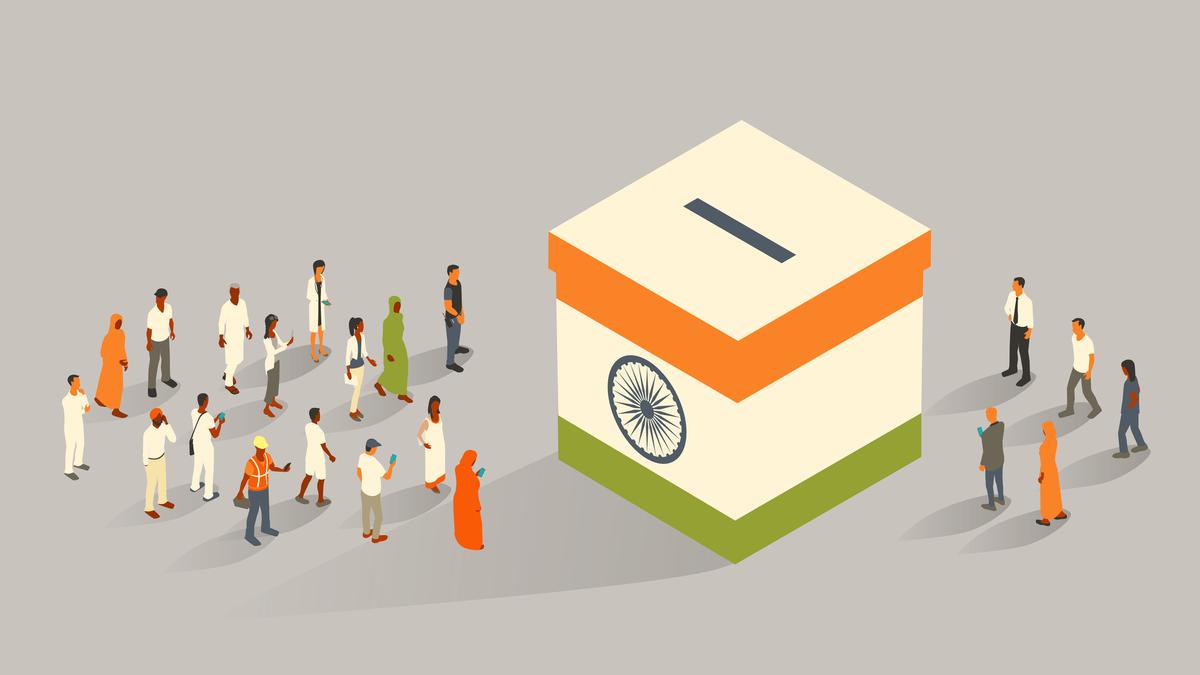- Courses
- GS Full Course 1 Year
- GS Full Course 2 Year
- GS Full Course 3 Year
- GS Full Course Till Selection
- Answer Alpha: Mains 2025 Mentorship
- MEP (Mains Enrichment Programme) Data, Facts
- Essay Target – 150+ Marks
- Online Program
- GS Recorded Course
- NCERT- First Ladder
- Polity
- Geography
- Economy
- Ancient, Medieval and Art & Culture AMAC
- Modern India, Post Independence & World History
- Environment
- Governance
- Science & Technology
- International Relations and Internal Security
- Disaster Management
- Ethics
- Current Affairs
- Indian Society and Social Issue
- CSAT
- 5 LAYERED ARJUNA Mentorship
- Public Administration Optional
- ABOUT US
- OUR TOPPERS
- TEST SERIES
- FREE STUDY MATERIAL
- VIDEOS
- CONTACT US
EU's Carbon Border Adjustment Mechanism (CBAM)
EU's Carbon Border Adjustment Mechanism (CBAM)
22-07-2024
- The European Union's Carbon Border Adjustment Mechanism (CBAM) is a instrument aimed at addressing carbon emissions associated with imported goods.
- It's designed to create a level playing field for EU manufacturers who adhere to stringent climate policies and face competition from countries with less stringent regulations.
What is CBAM?
- CBAM is a "landmark tool" that puts a "fair price" on the carbon emissions embedded in carbon-intensive goods entering the EU. By doing so, it incentivizes cleaner industrial production in non-EU countries, ultimately helping to combat climate change.
- The core objective of CBAM is to prevent "carbon leakage," a phenomenon where EU manufacturers relocate their carbon-intensive production to countries with weaker environmental regulations, undermining the EU's climate goals.
How does CBAM work?
- Starting in 2026, EU importers will be required to purchase CBAM certificates corresponding to the carbon price that would have been paid if the goods were produced within the EU.
- However, if a non-EU producer has already paid a carbon price or tax in their own country, the corresponding cost will be deducted for the EU importer.
- The European Commission, along with relevant member state authorities, will be responsible for reviewing and verifying declarations and managing the central platform for the sale of CBAM certificates.
- Importers must submit annual declarations by the end of May, detailing the quantity and embedded emissions in the goods imported during the preceding year.
Why is CBAM necessary?
CBAM is a crucial component of the EU's broader climate strategy. It serves several key purposes:
-
Preventing carbon leakage: By making importers accountable for the carbon emissions associated with their products, CBAM discourages the offshoring of polluting industries.
-
Leveling the playing field: CBAM ensures that EU manufacturers are not disadvantaged by competing with imports from countries with weaker climate policies.
-
Supporting the European Green Deal: CBAM aligns with the EU's ambitious goal of reducing carbon emissions by 55% compared to 1990 levels by 2030 and achieving climate neutrality by 2050.
How will CBAM affect trade between India and the EU?
- CBAM initially applies to a specific set of carbon-intensive goods, including cement, iron and steel, aluminium, fertilizers, electricity, and hydrogen. While the immediate impact on India's exports to the EU may seem limited, the long-term effects could be substantial due to the projected growth in these sectors.
- Countries like India have raised concerns about CBAM's potential impact on their trade relationships and balance of payments. India has engaged in discussions with the EU on this issue, and both sides have agreed to intensify their cooperation on carbon border measures.
Did the EU already have a mechanism in place?
Yes, the EU had the Emissions Trading System (ETS), which aimed to decarbonize the region's industries. However, the ETS had limitations, including free allowances that could dampen incentives for greener production. CBAM is intended to address these shortcomings.
What are the implications of CBAM?
- CBAM has far-reaching implications for global trade and production. It may lead to a shift in the global production landscape, with countries like India facing increased competition from EU producers. Additionally, it may increase production costs for Indian exporters, potentially affecting their competitiveness in the EU market.
- Overall, CBAM represents a significant step in the EU's efforts to combat climate change. While it raises concerns for some countries, its long-term impact on global trade and environmental sustainability remains to be seen.



